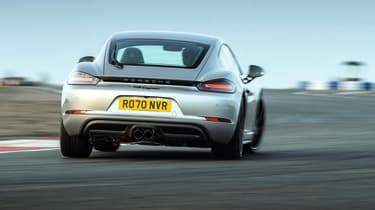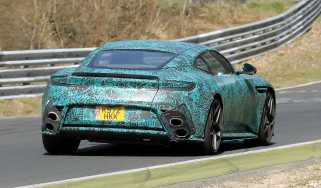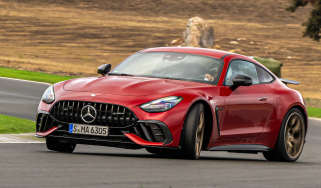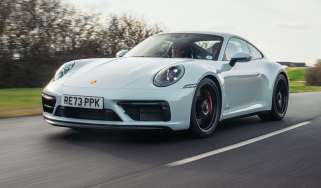Porsche 718 Boxster/Cayman 2.0 four-cylinder – the car world's greatest misses
Downsizing the engine of Porsche’s entry-level sports car was an embarrassing flat-four fiasco

You know immediately when you have filed your review copy on a car if it’s going to stir the manufacturer’s PR into firing over an email to highlight why you’re wrong. You might have gone off message and stuck your head above the parapet, gone against the status quo and called out a car others have lavished with fawning praise (despite privately agreeing with you). The PR might personally disagree with your view on a car they are paid to represent, or more often than not the strongly worded missive has an overpowering whiff of ‘I’ve been told to send this by my superiors but I agree with everything you have written.’ Suffice to say, after our first drive of the Porsche 718 Boxster 2-litre in 2016, we received ‘the email’. I won’t say which one.
The 718 of 2016 looked like a Boxster: sleek, familiar proportions, exceptional ergonomics, same mid-engined, rear-drive configuration, same obsessive engineering attention to detail that here saw plenty of aluminium and lightweight materials used to reduce the car’s body-in-white mass. However, the reason a lighter body was required was down to its new, cleaner engine being heavier than the unit it replaced.
For 20 years a naturally aspirated, flat-six engine had been the Boxster’s heart. The original 2.5-litre was a little light on torque and its 196bhp required some enthusiastic wrist action with the five-speed ’box to make the most of what was being offered. But the result was a sweet sports car, one that continually improved with age and engine evolution. Until 2016 that is.
At that time manufacturers were well on their way to reducing tailpipe emissions and sports cars weren’t exempt from the process. However, when Porsche had to make a decision on a new engine to keep the Boxster/Cayman viable, rather than fundamentally redesigning the car to allow the cleaner flat-six from the 991-generation 911 to be slotted into its middle, it decided an all-new, flat-four turbocharged engine was the way forward. Not only would it provide more performance more efficiently as both a 2- and 2.5-litre engine, the former would also allow Porsche to take advantage of Chinese tax regulations and pick up a shipload of sales. Which it did. Although it also lost a shipload of sales in more traditional markets that had grown accustomed to a flat-six.
Performance wasn’t an issue. What the flat-four lacked in top-end fizz it made up for with turbocharged shove, and regardless of the gearbox fitted – a six-speed manual or seven-speed PDK – the 718 was still one of the finest of finally balanced sports cars available. Its steering was crystal clear, its chassis communicative, all four corners working as one as the road flowed beneath you… and your ears cried for mercy.
Porsche didn’t want its flat-four to sound like a Subaru flat-four, so it made it sound like an air-cooled VW Beetle engine. A broken VW Beetle engine. Uncouth, rattly, lacking the Teutonic excellence Porsche usually prides itself on. And while it was more efficient on paper by around 5mpg, in reality you had to drive it so hard to enjoy it that it made a V8 Cayenne look frugal. The larger 2.5 motor was just about acceptable, the 2-litre unforgivable.
Within three years the 718 was offered with a flat-six once again.
This story was first featured in evo issue 327.




